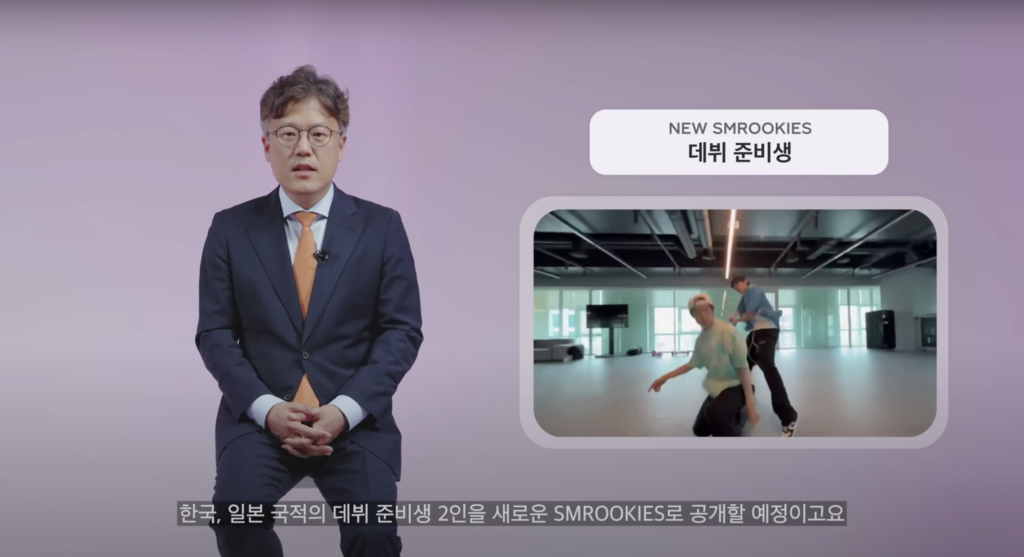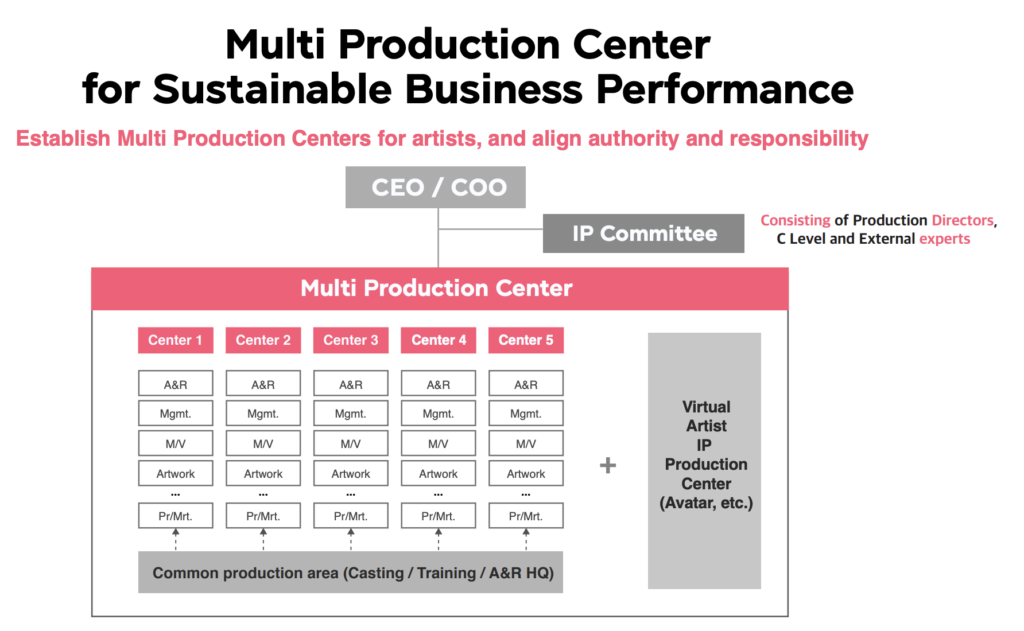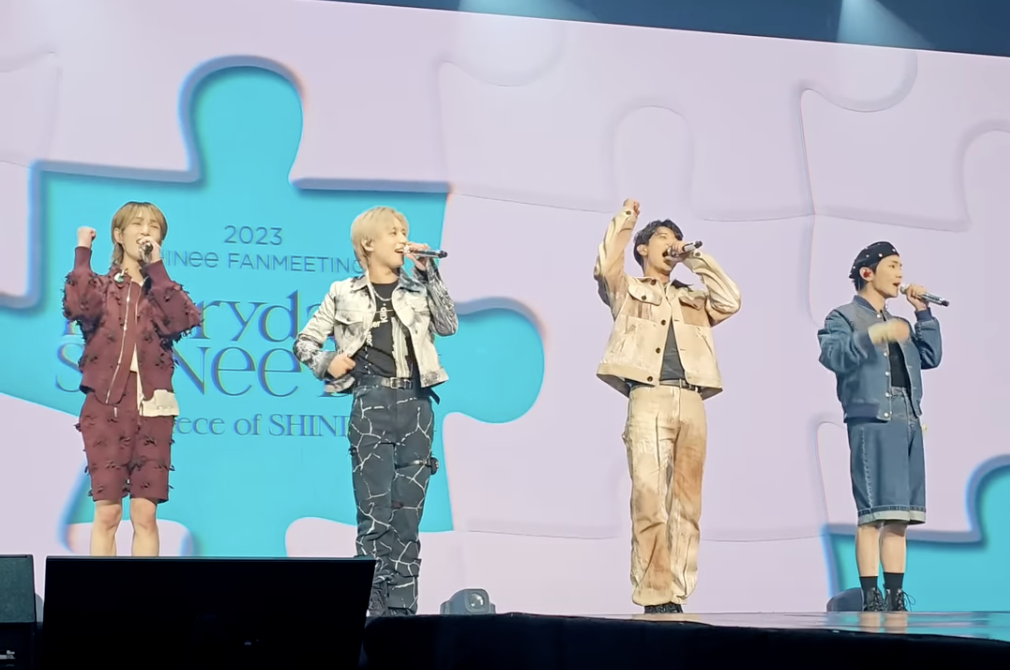
SM Entertainment has spent most of this year asserting itself as “SM 3.0”, with a business plan promising increased and sustainable development of music through establishing autonomous “production centers”. This new organizational structure was intended to improve conditions for creating music and managing artists. However, the trust that SM is able to reinvent itself was shattered on June 1, when legal representatives for Chen, Baekhyun, and Xiumin of Exo (otherwise known as the subunit CBX) made the shocking statement that they were suing to end their exclusive contracts with SM and pursuing legal action over payments owed to them.
If SM truly aspires to be SM 3.0, the company needs to show substantive evidence of change in its handling of contracts, payment, and overall artist management. SM should also be mindful that the main fan questions posed to them during the announcement of the 3.0 plan had focused on the safety, health, and activities of all of its existing artists– and not only its pre-debut and most recent groups.

The SM 3.0 plan is an ambitious plan that outlines necessary structural changes to have a more “stable release pipeline” and promises to “produce and publish contents for all of [SM]’s artists.” When the plan was first announced in February 2023, SM argued that the elimination of a single executive producer–which was formerly Lee Soo-man–would allow for more music to be released. An A&R committee would be instituted to ensure an “SM standard,” but otherwise there would be multiple “production centers” with dedicated production and management directors. The plan even outlined the creation of internal labels for veteran artists who are ready for more creative autonomy and are prepared to run their own businesses. With multiple production centers and labels, SM would theoretically have smaller, dedicated teams devoted to music and content creation, and artist management. The company aims for a dramatic increase in output, with 2+ groups debuted per year and 40+ albums released a year.

The output is the part of the plan that SM has emphasized, with its recent SMTown YouTube video (its only one since unveiling the 3.0 plan) announcing that three new groups will debut this year, including NCT Tokyo. SM has also made good on claims of moving away from the SMCU and Kwangya concepts. Stating that they are aware of fan perceptions of these concepts’ overuse, they declared that “SM will only use these concepts in places and situations that are deemed meaningful for the business.” Aespa, the group whose lore revolved around Kwangya the most, has focused on a “real world” concept for its latest album MY World, with songs ranging from the energetic “Spicy” to the haunting “I’m Unhappy.”
SM seems particularly proud of this Aespa comeback and has cited their accomplishments as evidence of success of the group’s new production center (which SM Visual Director Jo Woo-Cheol tagged on an Instagram story as “Production 1 Center”). SM’s May 2023 Investor Relations report, credited the new production center for the “explosive reaction” to Aespa’s new concept and music style, as well as its record-breaking sales (2 million copies in 2 weeks), 4 music show wins, and number 1 ranking on streaming charts. Citing only one group, however, does not yet prove the strength of the multi-production center model when that group is a newer one like Aespa, and especially when there are ongoing concerns about SM’s mismanagement of older groups, and its abilities to manage multiple groups.

Even before the news about CBX broke, recent events have raised doubts about SM’s management and the scheduling of its veteran groups. The choice of Kintex 2nd Exhibition Hall for Shinee’s 15th anniversary fanmeeting caused furor among the fandom for the venue’s size and many obstructed views of the stage (along with a lack of transparency about which seats provided those views). The controversy led to protests and a planned boycott of the event. There has been similar criticism for underestimating demand for Red Velvet’s tour by booking too small venues. On May 3, SM released a statement about Exo Kai’s enlistment in one week’s time; meanwhile, he had been actively preparing for Exo’s comeback. Fans criticized SM for scheduling a summer comeback, as well as mishandling Kai’s applications for postponement of his service, without preparing backup plans if his requests were denied.
In some cases, like Kai’s, it is unclear how much control SM had over the situation. Nevertheless, the perception exists that SM is not effectively managing their 2nd and 3rd generation groups. Their reports of the success of Aespa and the creation of new groups would not help the public perception, particularly when their 3.0 plan aspired to achieve balance among different artists. The public does not yet know the answers to certain questions: Do multiple production centers exist, or has SM has primarily invested in Aespa’s Production 1 Center and NCT’s Neo Center? If other production centers exist, how are they structured and how does SM ensure that they manage groups effectively?

CBX’s issues with SM remain the most concerning. CBX’s legal representatives have alleged that SM refused to provide settlement reports of CBX’s full earnings, even after several requests. The other allegation is that CBX has 12 or 13 year contracts with SM pushing for extensions, even though three TVXQ members sued for similar reasons 14 years ago. In its initial response, SM accused an “external force” (Big Planet Made Entertainment) of trying to poach CBX and influencing them to violate their contracts. This was a huge misstep, as they seemed to be deflecting by blaming an outside party. CBX countered with a statement asserting that SM allowed them to view, but would not provide the reports, among other points.
In order to regain trust and confidence from fans, SM must actually take responsibility and make meaningful changes that prioritize artists’ well-being. In its public statements, they should demonstrate how they have distanced themselves from the problems of the past. The company should keep in mind that first and foremost, fans have indicated that they want to see fair treatment of all of SM’s existing artists. This aspiration should be in the forefront of SM’s approach to implementing its 3.0 plan and communicating with the public.
(Korea Herald, YouTube [1], [2], [3], SM, Star News Korea, Naver [1], [2], [3], [4]. Images via SM).


